Moving with Pets: Ensuring Their Safety and Comfort
Moving with pets? Ensure their safety and comfort with our expert tips! From planning and preparation to crate training and calming aids, we’ve got you covered.
Moving to a new home is an exciting yet challenging time, not just for us but also for our little companions.
Changing homes with furry babies requires special attention to ensure their comfort and safety throughout the process. The type of pet you have is not important. What matters is that they need to be considered when moving house in London.
From planning ahead and creating a pet-friendly environment to keeping them secure during transportation and helping them adjust to their new surroundings, this article will provide you with valuable tips and insights on how to move with pets.
How to plan a move with your pet
Moving with pets requires careful planning to ensure a smooth transition.
Start by researching pet-friendly accommodations and understanding any specific requirements or restrictions. Make sure to update your pet’s identification tags and microchip information with your new address.
Additionally, gather all necessary paperwork, including vaccination records and health certificates. You may also get some advice from a removals company.
Visit your veterinarian
Schedule a visit before the move to ensure your pet is in good health and all necessary vaccinations are up to date.
Your veterinarian can provide valuable advice specific to your pet’s needs, recommend any necessary preventive medications, and address any concerns you may have.
This can help your pet and maybe even you if you get anxious. Vets can also provide you with copies of medical records and vaccination certificates, which may be required when registering your pet in a new location.
Maintain the regular routine until the end
Pets thrive on routine, so it’s important to maintain their regular schedule as much as possible leading up to the move.
Stick to their usual feeding and exercise routines to provide a sense of stability and minimise stress. Keep their favourite toys, blankets, and bedding accessible to provide comfort and familiarity during this time of change.
Crate train your pet
Crate training your pet is a valuable technique that can greatly facilitate a smooth and safe move.
Introduce your pet to the crate gradually. Allow enough time for them to become familiar with it and to begin associating it with positive experiences. Use treats, toys, and praise to create a positive association with the crate.
Start with short periods of crate time and gradually increase the duration, as this will aid your pet in feeling more comfortable and secure there.
During the move, the crate can serve as a safe and familiar space for your pet, reducing anxiety and providing them with their own designated area. Ensure that the crate is secure and well-ventilated, and provide your pet with comfortable bedding.
Crate training will not only make the move easier, but it will also benefit your pet’s overall well-being by providing them with a sense of security and a safe space throughout the home removal process.
Start packing early and gradually
When packing your belongings, do it gradually and involve your pet in the process.
Keep their favourite items out until the last moment and gradually introduce moving boxes to the environment. This will help them adjust to the changes and associate the move with a positive experience.
Be mindful not to overwhelm your pet and provide them with plenty of attention and reassurance throughout the packing process.
How to keep your pet calm during a move
A house removal in London can be stressful for pets, but there are steps you can take to keep them calm. Maintain their regular routine as much as possible, including meal times and exercise.
Create a comfortable and quiet space for them during the packing process. Consider using pheromone sprays or calming aids to help reduce anxiety. Keep them entertained with their favourite toys and engage in playtime to distract them.
If necessary, consult with your veterinarian about anxiety-relieving medications or natural remedies.
Keep your pet entertained
During the home removal in London, it’s important to keep your pet entertained to help alleviate their stress and anxiety.
Provide them with their favourite toys, puzzle feeders, or interactive games to keep them mentally stimulated and engaged. Set aside regular playtime sessions to give them an outlet for their energy and to create positive associations with the moving experience.
Consider introducing new toys or treats to keep them excited and curious. Additionally, spend quality time with your pet, offering them comfort and reassurance through cuddles, grooming, or gentle massages.
Keep your pet in a quiet room during packing
During the packing phase of your move, it’s best to keep your pet in a quiet and safe room away from the hustle and bustle.
Choose a room where they feel comfortable, such as a spare bedroom or a quiet corner of the house. Provide them with their bed, favourite toys, water, and a litter box if needed.
Close the door and put up a sign to inform others not to disturb the area. This will help minimise stress and prevent your pet from getting in the way or accidentally escaping.
Give your pet a house tour
After moving house in London, give your pet a house tour to help them acclimate to their new surroundings.
Start by introducing them to one room at a time, allowing them to explore and sniff around. Gradually show them the different areas of the house, including the rooms where their food, water, and litter box are located.
Create a familiar and comforting environment by placing their bed, toys, and familiar belongings in their designated areas. Take your time and be patient as your pet adjusts to the new space.
Find out if a sedative is necessary
Before the move, consult with your veterinarian to see if a sedative can be a solution for your pet.
Some pets may experience anxiety or stress during travel or when placed in unfamiliar environments, and a sedative can help calm their nerves.
Your veterinarian will assess your pet’s individual needs and provide guidance on whether a sedative is appropriate. They will also determine the right dosage and administration method for your pet.
Get back into your routine right away
Once you’ve moved into your new home, establish a routine for your pet as soon as possible. Pets thrive on structure and familiarity, so getting back into their regular routine will help them adjust to their new surroundings more easily.
Set up their sleeping area, feeding station, and litter box in familiar locations to provide a sense of continuity. Stick to their usual feeding and exercise schedule, and spend quality time with them to reassure them and provide comfort.
Gradually introduce them to different areas of the house, allowing them to explore and become familiar with their new environment at their own pace.
Conclusion
Changing homes while with pets can be a challenging period, but with proper planning and care, you can ensure their safety and comfort throughout the process.
From visiting the veterinarian to crate training, maintaining routines, and providing a calm environment, there are various steps you can take to make the move easier for your furry friends.
Remember to keep their well-being a top priority and address any specific needs they may have. Moving with pets is a journey, but with love, patience, and attention to their needs, you can make it a positive transition for everyone involved.
-

Top 10 Guinea Pig Care Guides for Pet Owners
-


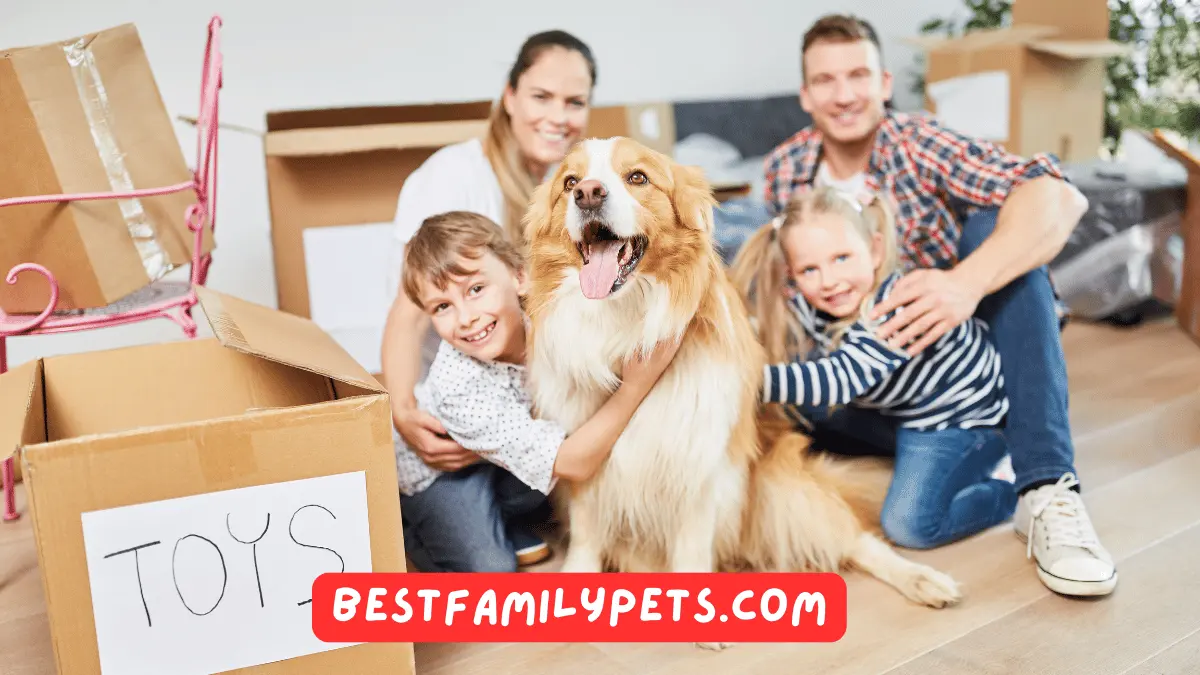
Moving with Pets: Ensuring Their Safety and Comfort
-


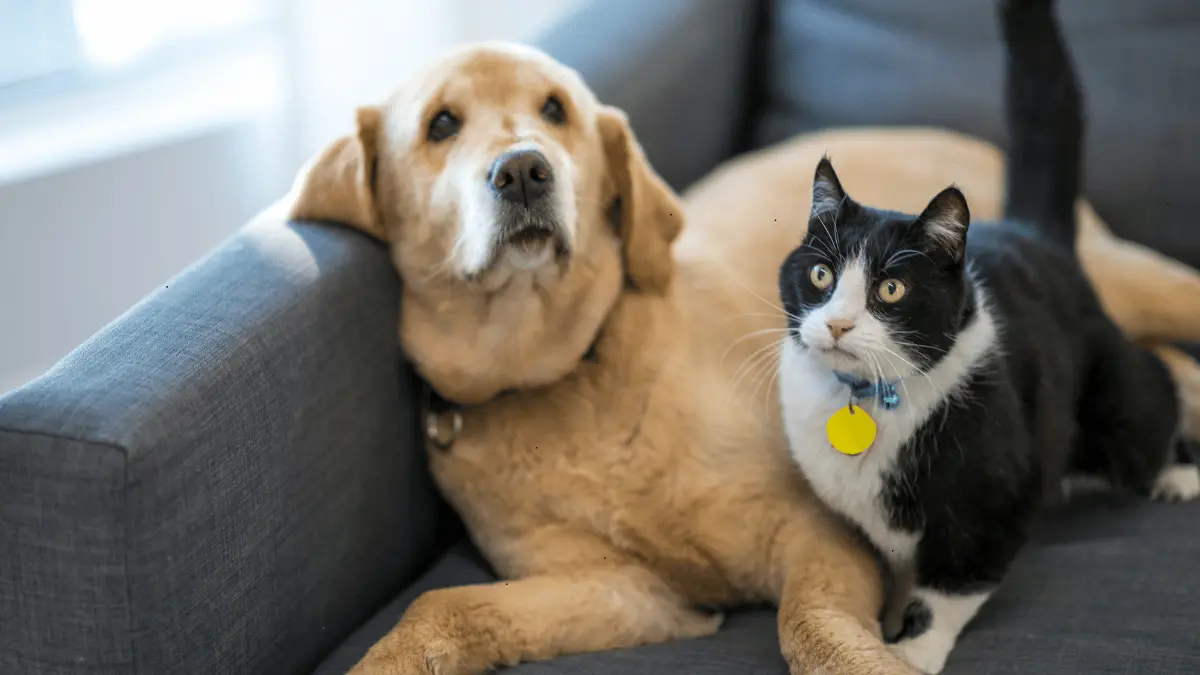
How to Effectively Clean Pet Dander from Your Air Ducts for a Healthier Home
-



Best Dog Clippers for Shih Tzus: Top Picks & Tips
-



Discover the Unique Charm of Plakat Betta Fish: A Comprehensive Care Guide
-



Cane Corsos and Aggression: What You Need to Know?
-



Decoding Canine Personalities: A Dog Character Guide
-


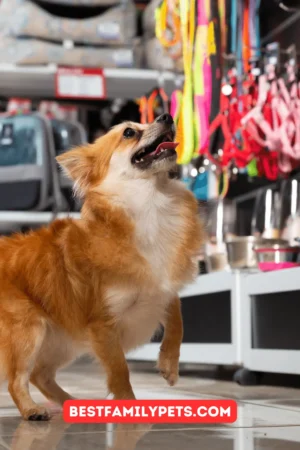
5 Essentials That Help Me Run A Profitable Pet Business
-



Dog Aggression: 8 Reasons That May Be Triggering Your Dog
-



3 Things Every Cat Owner Should Know
-



Regular Brushing for Dog Coat Health
-



Finding the Best Dog Brushes for Different Coat Types
-



The Importance of Size in Rabbit Habitats
-


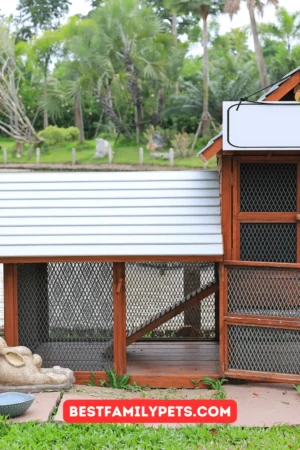
Cleaning and Maintaining Rabbit Accommodations
-



Rabbit Houses and Their Features: Creating a Safe and Happy Home for Your Bunny
-



Buying Pet Supplies Online in Australia: Your Guide to Convenience and Choice
-



A Guide to Pet Stores in Melbourne
-



Canine Seizures 101: How To Help Your Dog During Seizures
-



Best Ways to Use Borax to Kill Termites
-


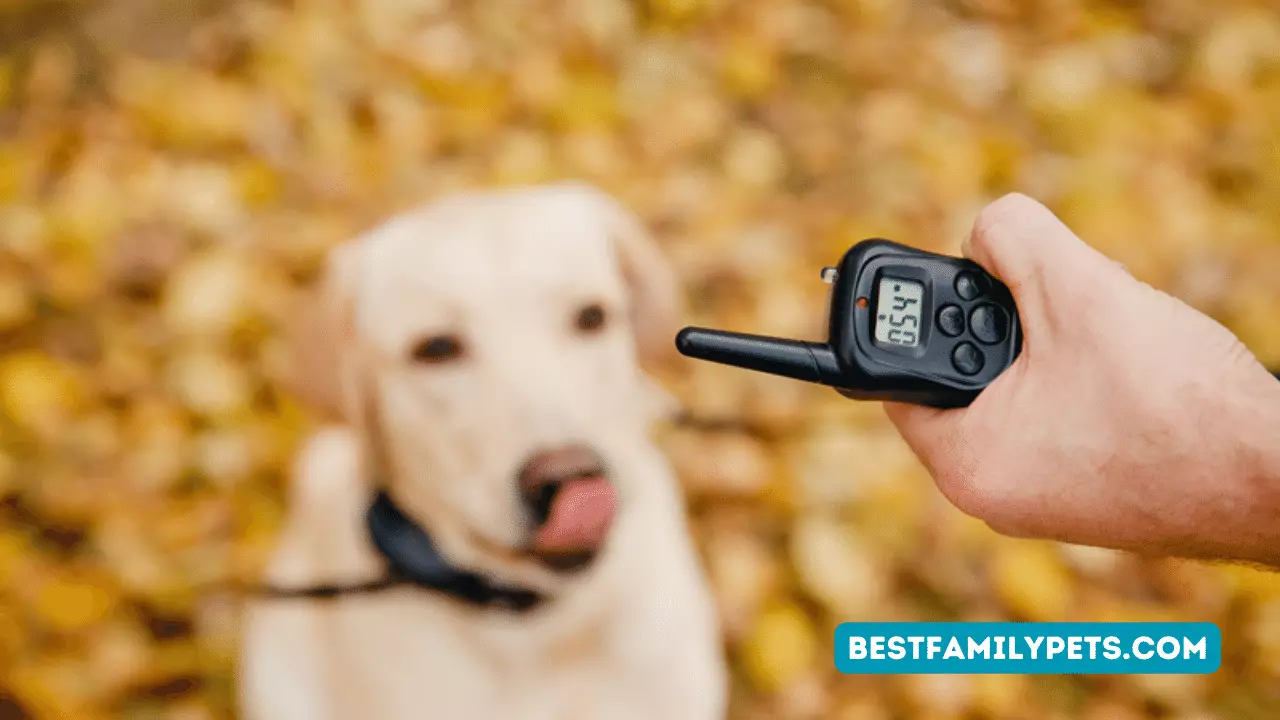
Why Should You Refrain From Using Shock Collars?
-


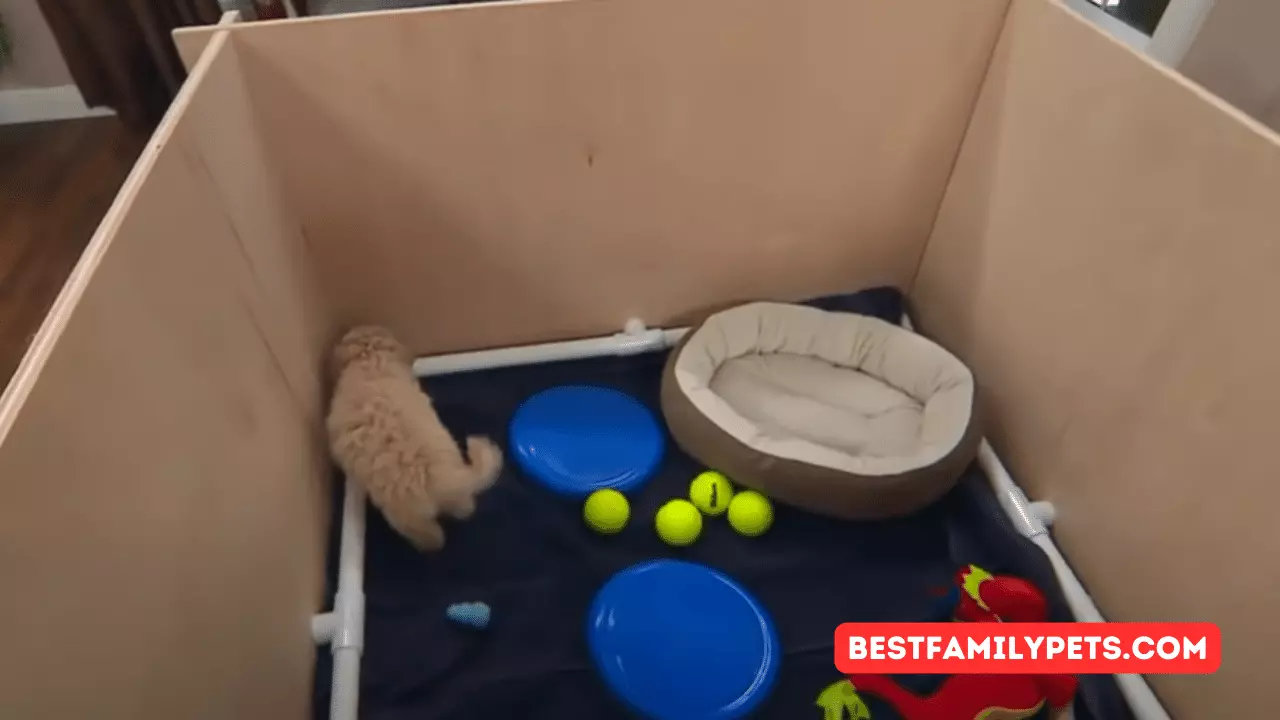
DIY Whelping Puppy Box: Easy & Affordable Design
-



Pet Dental Health: Why It Matters and How to Maintain It
-



Make Your Pet Healthy And Happy!
-



10 Best Small Dog Breeds for Families with Kids
-



7 Good Family Pets besides Dogs and Cats
-



10 Best Pets for Families with Kids: Safe & Fun Choices
-



Why Pets are Good for You?
-


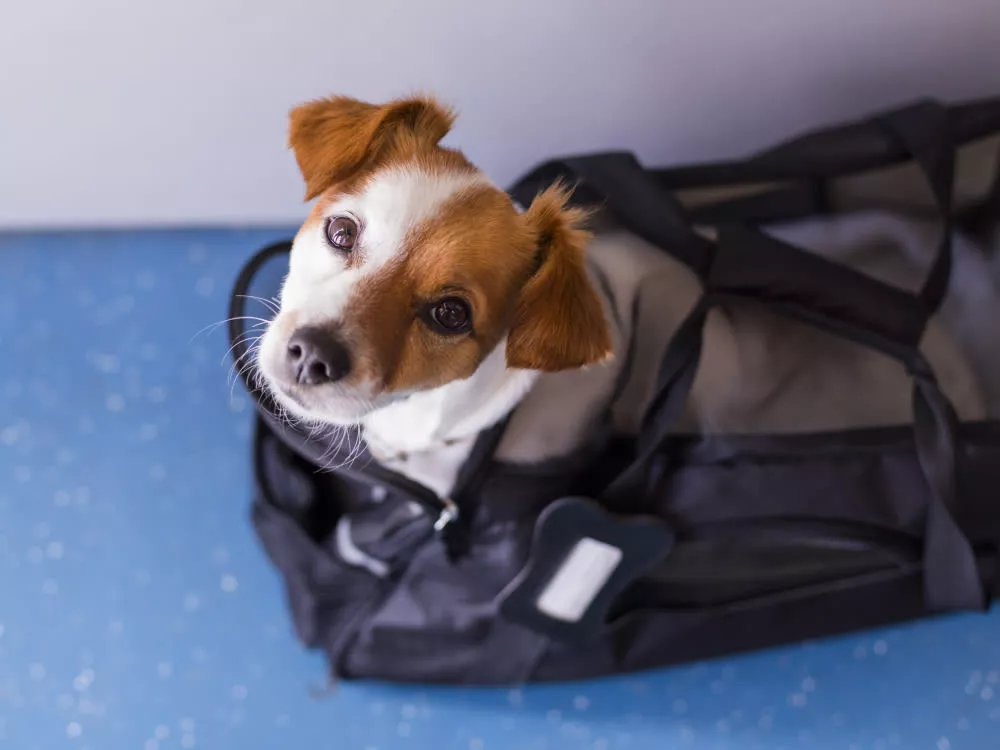
Pet Supplies Guide
-
Pets to Get When You Can’t Have a Dog or Cat



